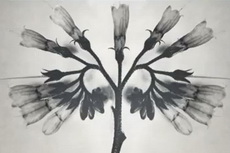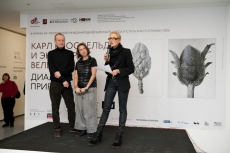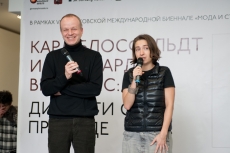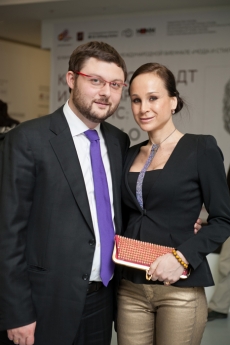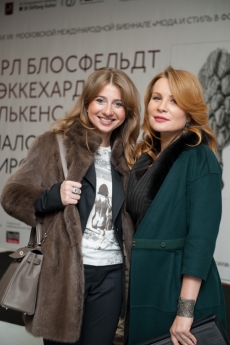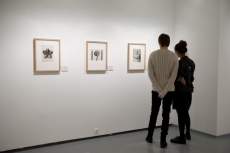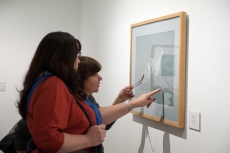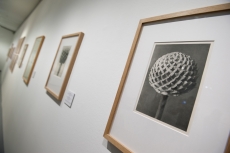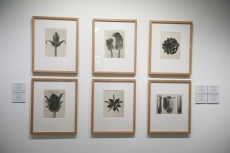Karl Blossfeldt and Ekkehard Welkens: Dialogues about Nature
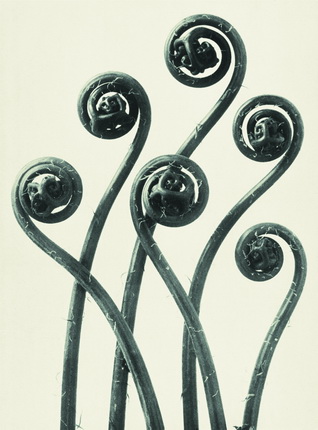
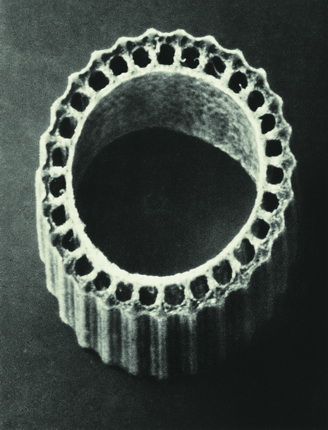
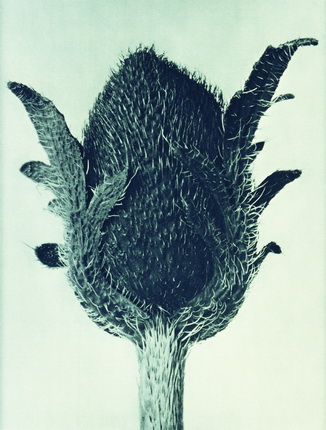
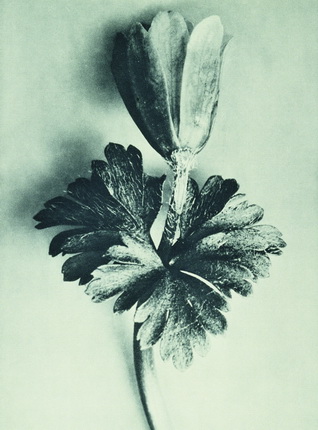
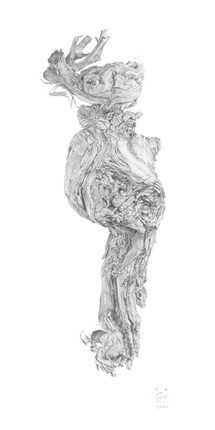
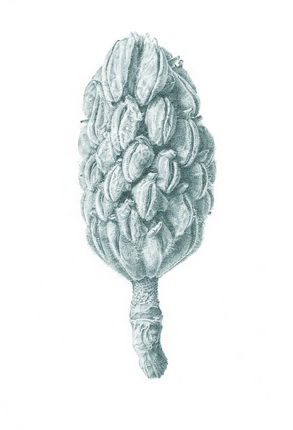
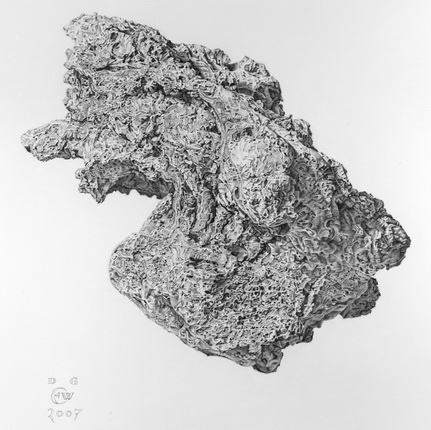
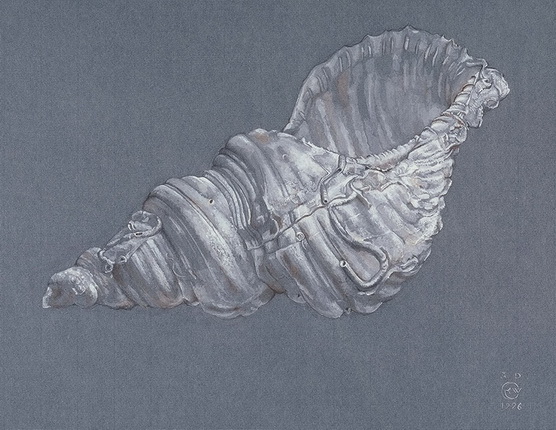
Karl Blossfeldt. Adiantum pedatum. American Maiden-hair Fern. Young rolled-up fronds enlarged 8 times. From „Urformen der Kunst“. 1928. Photogravure. Die Photographische Sammlung / SK Stiftung Kultur, Cologne / Permanent Loan of Cologne Bonn Savings Bank
Karl Blossfeldt. Equisetum hiemale. Winter Horsetail. Section of a stem enlarged 30 times. From „Urformen der Kunst“. 1928. Photogravure. Die Photographische Sammlung / SK Stiftung Kultur, Cologne / Permanent Loan of Cologne Bonn Savings Bank
Karl Blossfeldt. Papaver orientale, Oriental Poppy. Flower-bud enlarged 5 times. From „Urformen der Kunst“. 1928. Photogravure. Die Photographische Sammlung / SK Stiftung Kultur, Cologne / Permanent Loan of Cologne Bonn Savings Bank
Karl Blossfeldt. Anemone blanda. Winter Wind-flower. Flower enlarged 8 times. From „Urformen der Kunst“. 1928. Photogravure. Die Photographische Sammlung / SK Stiftung Kultur, Cologne / Permanent Loan of Cologne Bonn Savings Bank
Ekkehard Welkens. Grapevine. 2000. Pencil. Collection of the Artist
Ekkehard Welkens. Magnolia Fruit. 2004. Pencil. Private Collection
Ekkehard Welkens. Lava. 2007 Pencil. Collection of the Artist
Ekkehard Welkens. Common Whelk. 1999. Ink and Pencil. Private Collection
Moscow, 14.02.2013—17.03.2013
exhibition is over
Share with friends
For the press
Karl Blossfeldt is undoubtedly one of the most important representatives of the New Objectivity movement. For decades his work was dedicated to a single theme — photographing plants with a magnifying lens. This exhibition presents 70 works from ‘Urformen der Kunst’ (‘Archetypes of Art’) — Blossfeldt’s first published album, which brought him widespread fame in 1928.
This was made possible thanks to Karl Nierendorf, who recognised the artistic value of Blossfeldt’s photographs. He exhibited the German academic’s work beside sculptures and graphics by his contemporary, the artist Richard Janthur. Nierendorf also facilitated publication of these photographs, giving them a detailed appraisal for the first time in his preface to the album.
‘Urformen der Kunst’ was highly acclaimed. A second edition was issued just a year later, followed by publication in England, France, Sweden and the USA. For the general public 120 copperplate photogravures were presented as a booklet bound in cloth with a dust jacket, while a special edition for collectors and specialists featured the same illustrations, but on separate sheets. In this way the images could be viewed separately in any combination, or framed and hung on the wall. Many of the earlier exhibitions displayed these sheets rather than original prints.
Blossfeldt’s photographs were initially devised as a teaching aid. They were intended for students at the Berlin Arts and Crafts School where Blossfeldt taught, as a model and example for their own sketches.
At the beginning of the last century the applied arts sought new ways to create contemporary decoration and design for everyday objects, trying to move away from older stereotypes. Nature with its multiplicity of form in both the animal and vegetable kingdoms often served as a prototype. In the same way as Blossfeldt used original prints or slides of plants for teaching purposes, a folder of photographs from ‘Urformen der Kunst’ could be introduced to courses at other colleges of further education, or art schools.
Due to the precision of the language of form and the systematic conception on which this is based, Blossfeldt’s photographs still have considerable artistic merit. They allow us to observe closely and in detail the tiniest natural constituents. Their purity and abstraction exert a timeless charm. The drawings of Ekkehard Welkens are executed in the finest traditions of the old masters, transferring his discoveries from nature to paper with the aid of a pencil, transforming all the subtleties of the prototype, plane after plane, into the two-dimensionality of a sheet of paper. The subject is always depicted in original size, alone at the centre of a neutral background. Yet it never appears isolated: on the contrary, the very structure of the paper becomes the background against which the image appears. The found object is ‘ennobled’ by its special position, and, because it is unique, acquires the quality of portraiture. Welkens shows us relics existing in other time zones and turns our attention to measures of time that are invisible in everyday life. He uses the lengthy process of drawing to make time a constituent part of his work, revealing structures that we must learn to perceive.
It is not the artist’s aim to convey something interesting from an objective or formal point of view, but to prompt the kind of vision that allows us to perceive the most insignificant product of nature as something that merits wonder, even veneration. He sees these things with all their irregularities as unique, therefore almost on a par with human beings.
1865
Karl Blossfeldt is born on 13 June in Schielo (Harz).
Apprenticeship in artistic casting at the iron foundry in Maegdesprung, earliest works modelled from nature.
Studied at the Institute of the Unterrichstanstalt des Koeniglichen Kunstgewerbemuseums Berlin; he is identified in grade books as a modeller or sculptor.
As a scholarship-holder, Blossfeldt spends time assisting Professor Moritz Meurer in his project to establish a nature studies class in Rome. In his role as modeller, Blossfeldt produces teaching materials based on botanical specimens. Joint study trips are made to other countries in Southern Europe. Takes first photographs.
Blossfeldt works as a modeller and sculptor in Italy.
1898
Blossfeldt is appointed teacher for «Botanical Drawing in the Decorative Arts» at the Unterrichtsanstalt des Koeniglichen Kunstgewerbemuseums.
Blossfeldt is referred to in the syllabus as a professor. He is awarded the certificate of appointment in 1922.
1926
The Nierendorf art gallery in Berlin presents selected plant photographs by Karl Blossfeldt alongside sculptures and masks from Africa and New Guinea as well as work by the painter and graphic artist Richard Janthur.
1928
Urformen der Kunst published by Verlag Ernst Wasmuth at the instigation of the gallerist Karl Nierendorf. An internal school exhibition is staged under the same title.
1929/1930
In view of the huge success of Urformen der Kunst, English [Art Forms in Nature], French [La plante], American and Swedish [Konstformer i naturen] editions of the book are published. Exhibitions take place at the Bauhaus in Dessau and at the Zwemmer Gallery, London.
1930
Blossfeldt is awarded emeritus status.
Exhibitions take place at the Staedtisches Museum in der Moritzburg, Halle and at the Warren Gallery London.
1932
Wundergarten der Natur, Blossfeldt’s second book, is published with an explanatory text by the author at the Berliner Verlag für Kunstwissenschaft. English and American [Art forms in nature: second series] editions are printed.
Karl Blossfeldt dies on 3 December.
Born in 1963 into the family of an artist and a chamber music singer in Cologne, Germany.
Trains as a stonemason and sculptor in Cologne.
After graduating from school he enthusiastically takes up drawing.
Studies art history and graphic design in Cologne. Meanwhile he completes numerous graphic works and commissions.
From 1993 onwards he works as a freelance graphic artist and illustrator for publishers, advertising agencies, architectural organisations and industrial institutions.
In 1996 he relocates to the town of Aremberg, in the Eifel region on the border between Germany and Belgium.
From 1998 he concentrates exclusively on drawing and creative activities.
From 2005 he collaborates with the Nicolaus Cusanus Society and works on the conception for a series of solo exhibitions entitled ‘De Visione Dei — vom Sehen zum Betrachten’ (‘On the Vision of God — From Seeing to Contemplation’).

